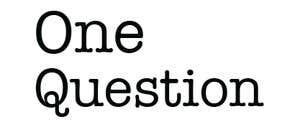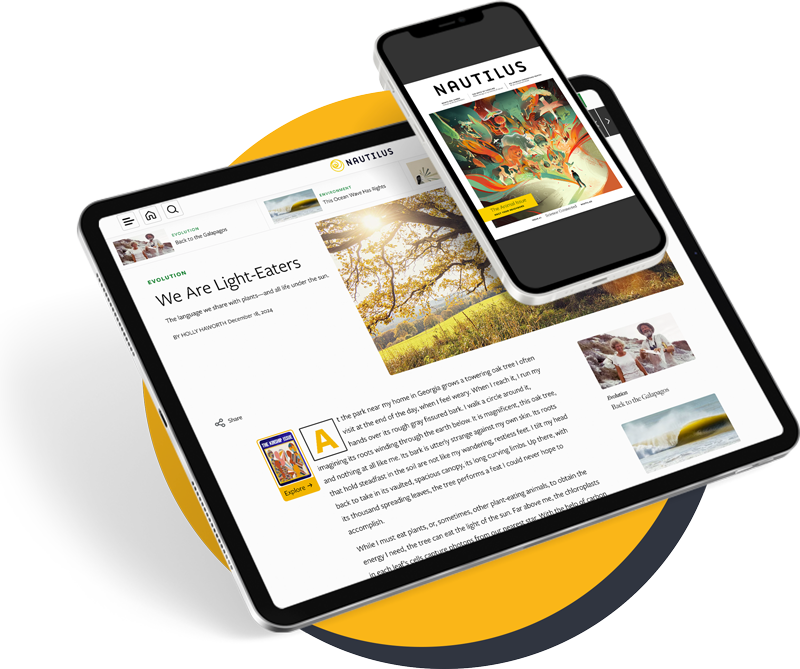If you’re a human holding a hammer, everything might look like a nail. But what if you’re a dog holding a plush ducky toy in your mouth?
New research suggests some dogs might have a surprisingly nuanced understanding of the essence of that toy—and what it might be best used for.
From an early age, we humans learn to categorize objects by function, not just appearance. The category of things we put on to stay warm can include a variety of things: coats, hats, mittens, even thick socks. This is a big cognitive leap from learning what a hat is. And most non-human animals who learn to understand people words seem to match a single word with an object or action: ball, ducky, sit, walk.
But some dogs, known as “Gifted Word Learners,” have been shown to remember the names of a huge number of different objects. For example, a border collie named Rico made headlines two decades ago, when he demonstrated impressive recall of more than 200 different items. But at the time researchers wondered if Rico was learning words in a similar way to young humans. “When a child learns a word, he learns that it refers to a category of things,” Yale University psychologist Paul Bloom told Science at the time. Was Rico doing the same thing?
This is a big cognitive leap from learning what a hat is.
The new study, published in Current Biology, seems to point to an answer. Dogs like Rico, the findings suggest, can not only fit objects into categories based on visual appearance, but also lump them together based on their functions.
For the study, researchers identified seven dogs who naturally achieved Gifted Word Learner status simply through play in their own homes. (For those keeping score, it was six border collies and one blue heeler.) The team visited the dogs at their humans’ home to teach the canines two “category” words in which different toys could be grouped. As examples, researchers used “fetch”—for toys used in retrieving play—and “pull”—for toys that would be used for tug-of-war play. The toys in each category looked radically different from one another, but the dogs soon picked up on which toy went with each function.
Then came the real test. Researchers introduced new, unfamiliar toys with a variety of appearances. Then asked the dogs to select a “fetch” toy or “pull” toy out of the new selection of playthings. And most of the time, these seven dogs got it right.
“These dogs do not just memorize object names,” Claudia Fugazza, an animal behavior researcher at Eötvös Loránd University in Budapest and lead study author, said in a statement. “They understand the meaning behind those labels well enough to apply them to new, very different-looking toys—by recognizing what the toys were for.”
Other non-human animals have been able to pick up this ability but usually only in the context of rigorous laboratory training, the researchers noted. So the new canine finding “shows that the classification linked to verbal labels can emerge in non-human, non-linguistic species living in natural settings,” said Adam Miklósi, also an animal behavior researcher at Eötvös Loránd University and study co-author, in a statement. “It opens exciting new avenues for studying how language-related skills may evolve and function beyond our own species.”
In the meantime, don’t fret if the dogs in your life are still puzzling over the difference between their ducky and dragon toys. Though our dogs’ appearance and personality may tend to resemble their owner’s, research hasn’t said anything about their intelligence. ![]()
Lead image: Julia Zavalishina / Shutterstock
































